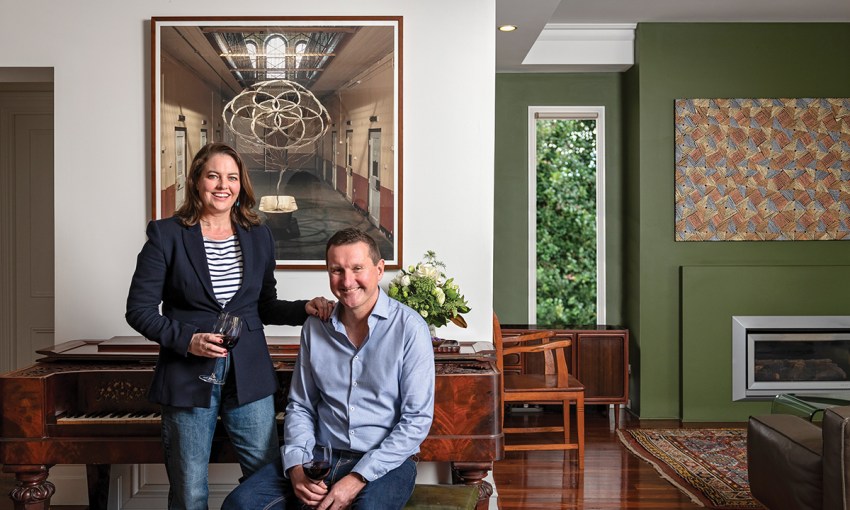Step into Miranda Starke's beautiful home, where the joys and challenges of ageing were the big topics of conversation at the lunch get-together.
As time goes by

The first thing most people comment on when they walk inside Miranda Starke’s home is the beautiful old piano that sits in the living space just beyond the hallway.
The intricately-carved beauty is almost 200 years old and belonged to Miranda’s father, renowned art dealer Russell, who owned Greenhill Galleries.
Russell, who died last year, always told the story that it was the second piano to ever be brought to the colony of South Australia – Miranda hasn’t quite had the claim substantiated.
The Heinrich Ruesch instrument is now owned by Miranda’s 14-year-old son, Hugo.
“When I was little, concert pianists would visit our family house to record concerts on it,” Miranda says.
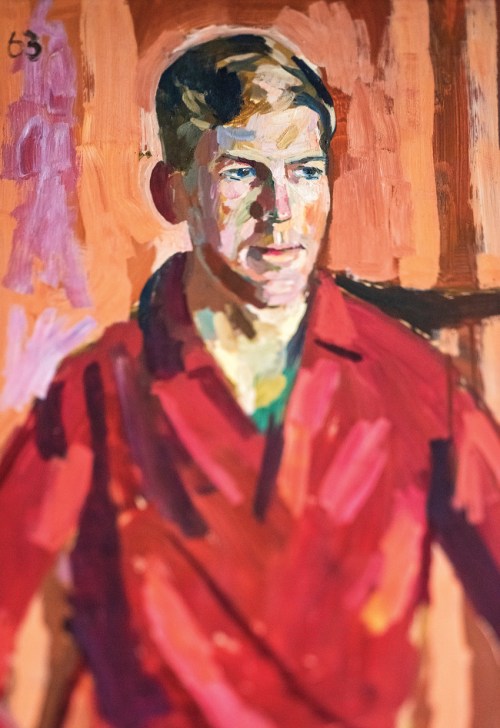
Sitting above the piano in Miranda’s North Brighton home is a striking work of art, a large photograph of an installation, created and photographed by Chris Mulhearn at the Old Adelaide Gaol.
“I think it’s a sort of hopeful, but foreboding, image.”
Miranda has always been interested in art – a gift from her father, no doubt – and is now chairperson of the Adelaide Festival Centre Foundation.
She holds a graduate diploma in art history and worked with her father at Greenhill Galleries for some time during the early 2000s, and also studied French and German, completed a Masters in marketing and has enjoyed a career in media, communications and marketing, including an eight-year stint at the Art Gallery of South Australia.
She’s been drawn to not-for-profit organisations throughout her career and this year took on the role of chief executive officer at Council on the Ageing (COTA) SA, the peak body for South Australians aged over 50.
“For me, it’s understanding the varied experiences of people and I’m lucky to be in a role where I get to meet and learn about the very different lives of older South Australians every day,” she says.
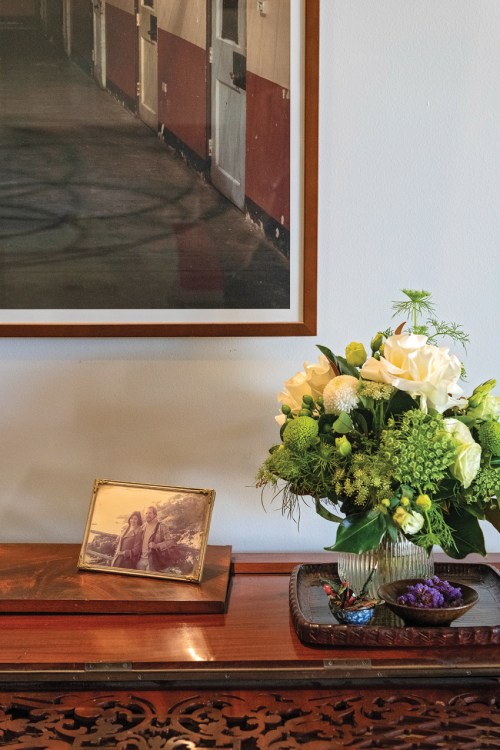
“Through my work I meet many vulnerable older people and compassion and empathy are really important. In fact, I think it’s really important that everyone tries to understand that life can throw curveballs at you and everyone’s much closer to being vulnerable than they realise.”
Miranda’s now focused on the 700,000 South Australians aged over 50 and notes it’s a diverse group.
“These South Australians could be people who’ve just turned 50 who have dependent kids living at home, and they’re working and it would probably never occur to them they’re in a group that would be considered ‘older’.
“At the other end of the spectrum, you’ve got people who are very much aware of that stage of life they’re in, and you’ve got every stage in between them.”
Miranda has been busy working with decision-makers to help them better understand what’s important to older people, while also enabling services for older people, including a Rainbow Hub for older LGBTQI people, and introducing both a community visitors program and Strength for Life, COTA SA’s strength and balance fitness program.
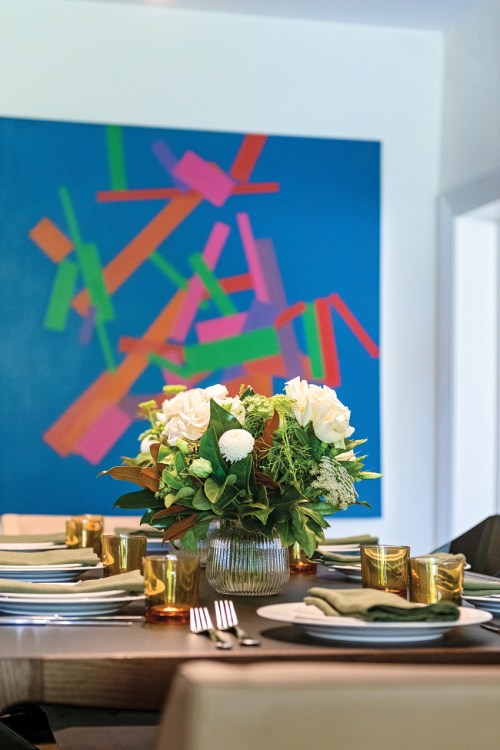
Today, Miranda and her husband, Scott Brumfield, are busy preparing for the arrival of a group of guests they’ve invited for lunch.
The dining table is styled simply and beautifully with a centrepiece of green and white blooms from Tynte’s creative director Dani Frolich – a friend of Miranda’s.
On the wall in the dining space is a photograph of the interior of the newly-redeveloped Her Majesty’s Theatre.
The photograph’s relevance goes beyond Miranda’s Festival Centre involvement – Scott is construction manager at Hansen Yuncken and was in charge of the project.
“He absolutely adores that building,” Miranda says. “I think it was the project that made Scott truly passionate about the theatre. He was already interested and enjoyed it, but building a theatre and working so closely with the Festival Centre team is such an extraordinary experience.”
As the guests begin to arrive, Miranda pours Fox Creek Vixen sparkling shiraz cabernet sauvignon cabernet franc into glasses and on this unseasonably warm June day, everyone steps out onto Miranda’s deck for some fresh air.
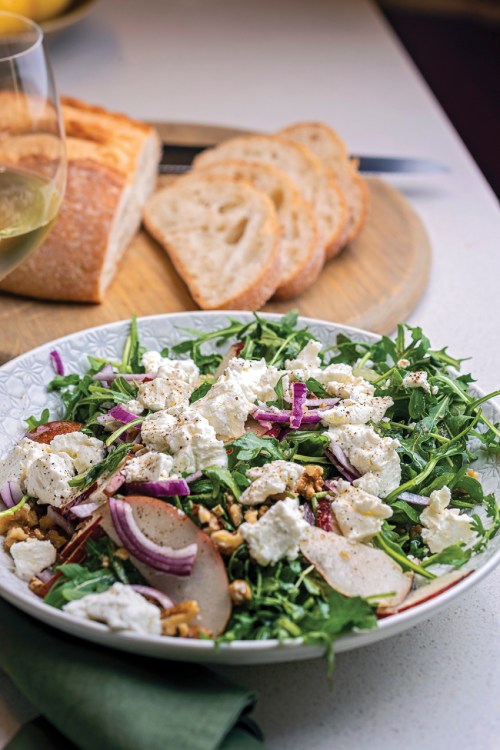
The talk among the group is about a story that had appeared in the media the previous day comparing boomers with millennials. One of today’s guests, City of Adelaide Lord Mayor Jane Lomax-Smith had been asked for a quote in the piece about the divide between the two generations and she dismissed the divide, saying any attribute – good or bad – is spread evenly over every age group.
Conversation moves on to the idea of ageing and ageism and all agree that the attempts in some media to create a wedge between generations, is getting … well … old.
Also here today is Anne Burgess, COTA SA’s deputy president and chair of their policy council. Miranda says Anne wears a million different hats and has a string of accolades, including the chair of the Aged Rights Advocacy Service, chair of the National Council of the Elders and is the former Equal Opportunity Commissioner for South Australia.
“She’s inspiring as an older person that is passionate, enthusiastic, proactive, strong, clever and amazingly knowledgeable about disadvantage, equality and ageism,” Miranda says.
Mike Rungie also sits on the policy council for COTA SA, as well as their climate change group, and he’s a former CEO of aged care provider ACH Group. He also co-founded the Global Centre for Modern Ageing.
One of Miranda’s oldest friends, ABC Radio’s Sonya Feldhoff is also here. She lives in the neighbourhood and the two bump into each other walking the dogs all the time. The pair have known each other for about 25 years and met working at 5DN, where Miranda was the show producer for Jeremy Cordeaux and Sonya was in the newsroom. Sonya eventually made it on air and Miranda would sometimes produce her show, too.
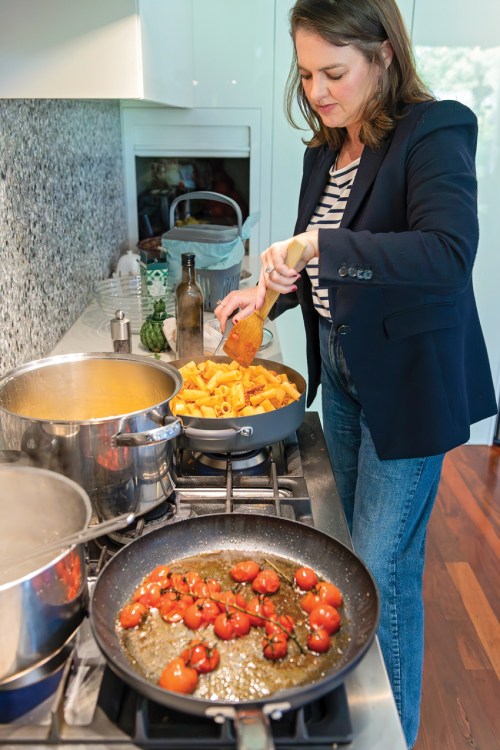
Rounding out the guest list is Miranda’s stepson, 18-year-old Jaxon.
The menu has been inspired by travel and, in general, Miranda’s style of cooking is influenced by her mother, Ruth (an author who also died last year).
“My dad was very much a country bush cook. If it was meat, then it’d involve a lot of wine, if it was fruit, there was a lot of brandy, and if it was vegetables, a lot of vinegar.
“It was a bit hit and miss, but he was an amazing host and entertainer.”
Miranda remembers falling asleep to the buzz and laughter of her parents’ dinner parties – her mum was a wonderful cook.
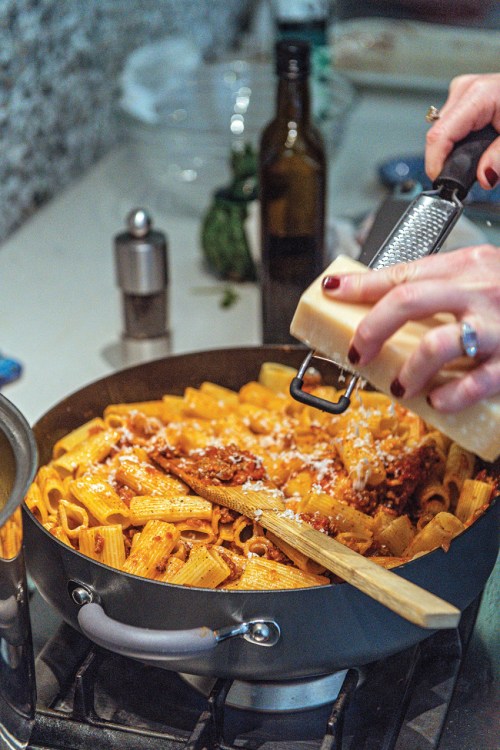
“My mum’s influence came a lot from Italy. She wasn’t Italian, but she was an honorary Italian having lived in Milan and Rome for about five years as a young woman. She was a governess in a Sound of Music-style situation with a very wealthy family who had lots of kids.”
While Ruth didn’t have to cook as part of her job, she learnt and brought that sensibility for good, simple meals with quality ingredients back with her.
In the late 1970s, she wrote a cookbook called Cooking for Cheats, aimed at busy women.
“If you’ve got kids and you’re trying to work, you can’t do these massive meals and all of these male restaurateurs were putting out these fancy cookbooks expecting you to cook things that take six hours to prepare and that’s not realistic,” Miranda explains.
“This was about how you can cheat, how you can use some pre-made ingredients and mix them with other things to make something simple for your family.”

Back in the 1970s Ruth had a cooking show on 5AD and a cooking column in the Sunday Mail – in fact, everyone in Miranda’s family has had a newspaper column at one point.
Miranda says Ruth never officially taught her to cook, but she picked up on that style of cooking.
Today’s main is an Italian pork sausage rigatoni that Miranda says is almost embarrassingly simple.
“It’s something I had in Rome a few years ago and you use really beautiful Italian pork sausages and crumble them into the sauce.
“It’s about being simple, delicious and easy because I like the focus for me to be a good conversation. There are days I definitely enjoy doing a recipe that’s very particular and takes a lot of concentration, but hosting a table full of people is not one of them.”
To finish, chilling in the fridge is a trifle made by Hugo, a fantastic baker.
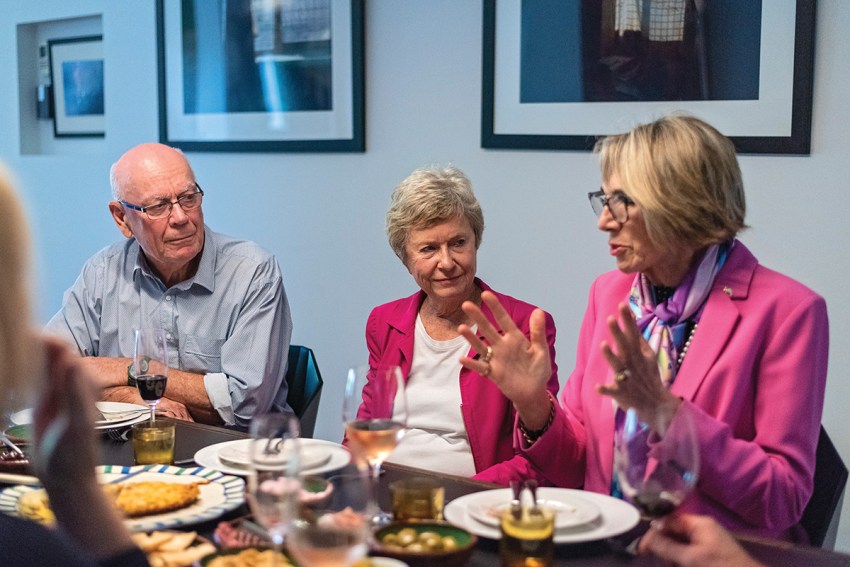
Miranda has handpicked her guests today to have a conversation about the experience of ageing, including the joys and challenges, one of the greatest being ageism.
Still on topic as they sit down for antipasto, Jane Lomax-Smith recounts an instance of casual ageism.
“I was getting dinner – a dhal – and the waiter said to me, ‘Do you understand, dear, it’s hot?’ I said to him, ‘Are you implying I don’t know what curry is and that I can’t handle heat? Because I was eating curry before you were born’.”
Immediately, all the guests recognise that familiar thread of people assuming you can’t do, or handle, something simply because of age.
“Casual ageism is all the assumptions made against people of whatever age,” Anne says. “The most common thing we hear from people at COTA is ‘we feel invisible’. People get to a certain age and they feel like nobody notices them, nobody cares about them, there are very low expectations of them and people sort of adopt that into themselves and have very low expectations of themselves.”
Mike adds that the issue of invisibility comes up with older women in particular. “When older women go shopping, they’re saying it takes them longer to be noticed,” Mike says. “This is where sexism and ageism converge.
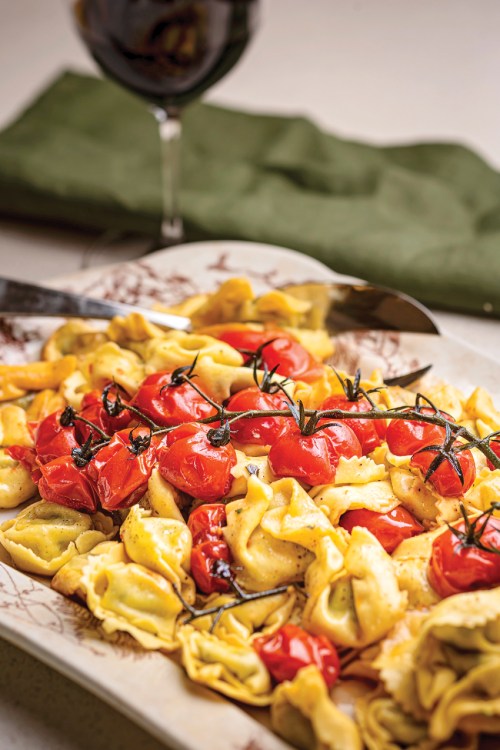
“A lot of those kind of examples are benign ageism and we can kind of get by with that, but if you get away with them, you do something a bit worse and then you do something a bit worse than that.
“The real impacts of ageism that would bother me and would bother most people are being institutionalised when you don’t need to be and being stuck in a nursing home when you don’t need to be, or getting passed up for a job or a house.”
On the flip side, everyone at the table notes a marked increase in confidence as they age. “You’re perhaps not as invested in having everything fall your way,” Sonya says.
“You feel more confident that you’re on the right path and if something doesn’t go the way you thought, maybe it’ll be a longer path to get there, but it’ll happen another way.
“There’s a bit of an expectation we all should be getting what we want all the time.
“I think I’ve got to the point where I’m getting older and realise, when you get the things you do, that’s kind of a bonus.”
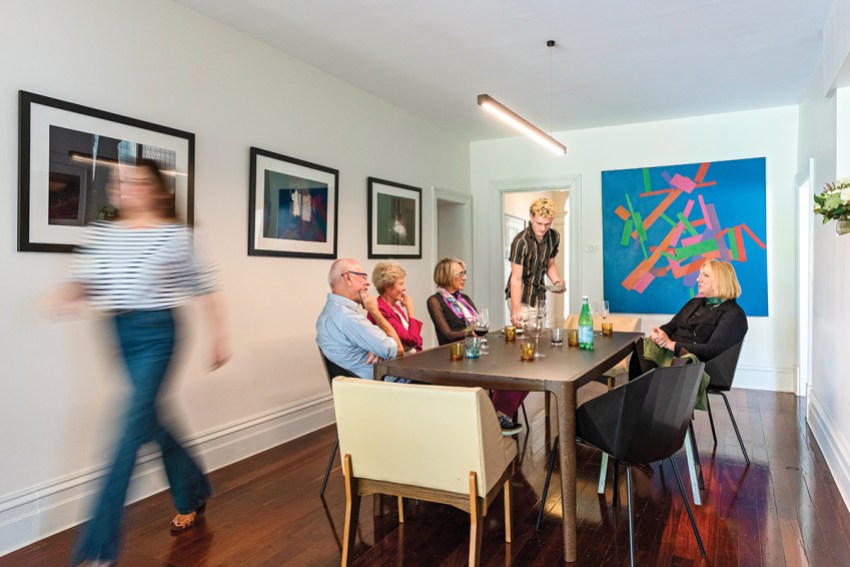
Jane adds: “You win some, you lose some. If you get half of what you want, you’re winning.”
Mike also reflects: “I’ve spent my life worrying about how I look or how I think or what I should be doing, and now, I just don’t care and it’s freeing”.
When COTA asked the community what they love about ageing, some of the main points were about freedom, and Mike says, purpose is a huge part of that.
“I work about half time and have a long weekend every week. I can work in the way I like on the things that I like and I can’t think of a better lifestyle,” he says.
“But the shortage of opportunity for old people to do great things is almost what worries me the most.”
With other “isms” – racism and sexism, for example – there are “asks” and Mike says ageism doesn’t have that, and maybe that’s what’s missing. “Other people are asking for marriage equality or equal pay – but what’s our ask? We don’t want an ask that says ‘treat us better in shops’. ‘Keep using us’; maybe that’s it?”
Around the table, there’s a consensus that nobody really feels old. Anne notes that COTA did a survey for older people and on average, most people think of themselves as being around 10 years younger.
“You feel time passing and feel those experiences happening, but you don’t think of yourself getting older,” Sonya says. “I still feel 30-something.”
But there is one thing about those passing years that Sonya values most.
“You get the chance to make lifelong friends and that’s the best thing.”
This article first appeared in the July 2023 issue of SALIFE magazine.



